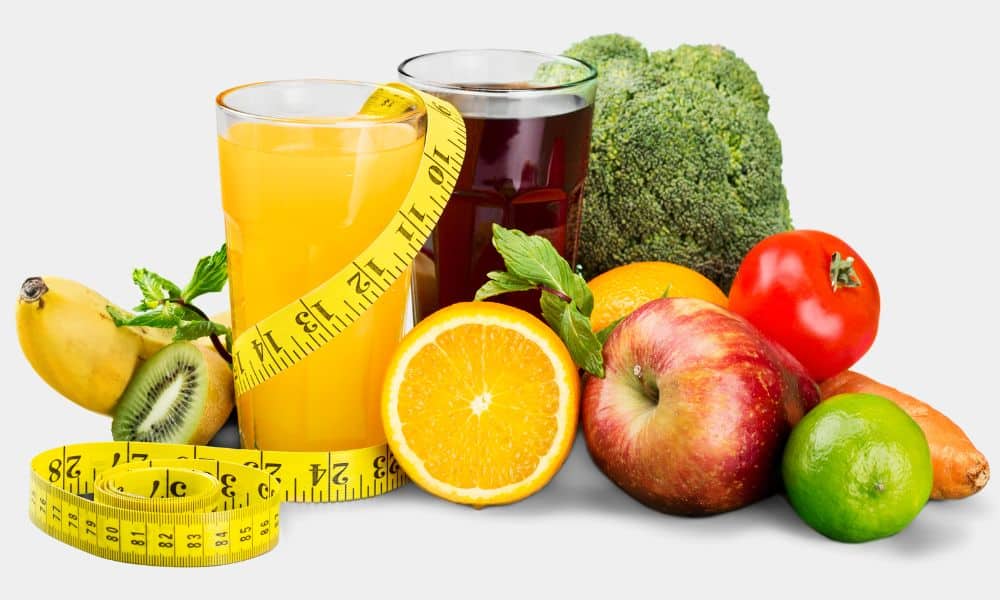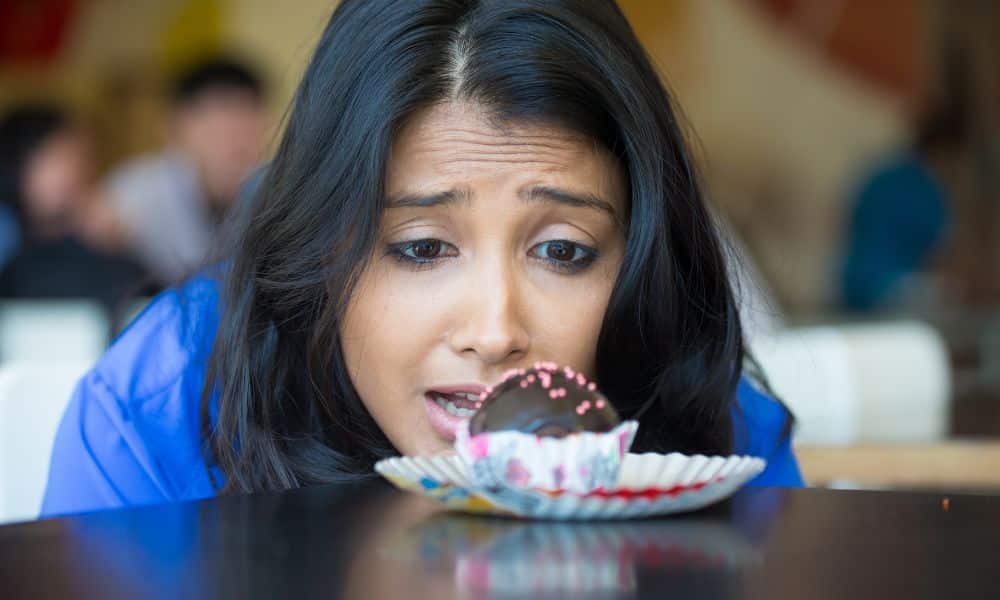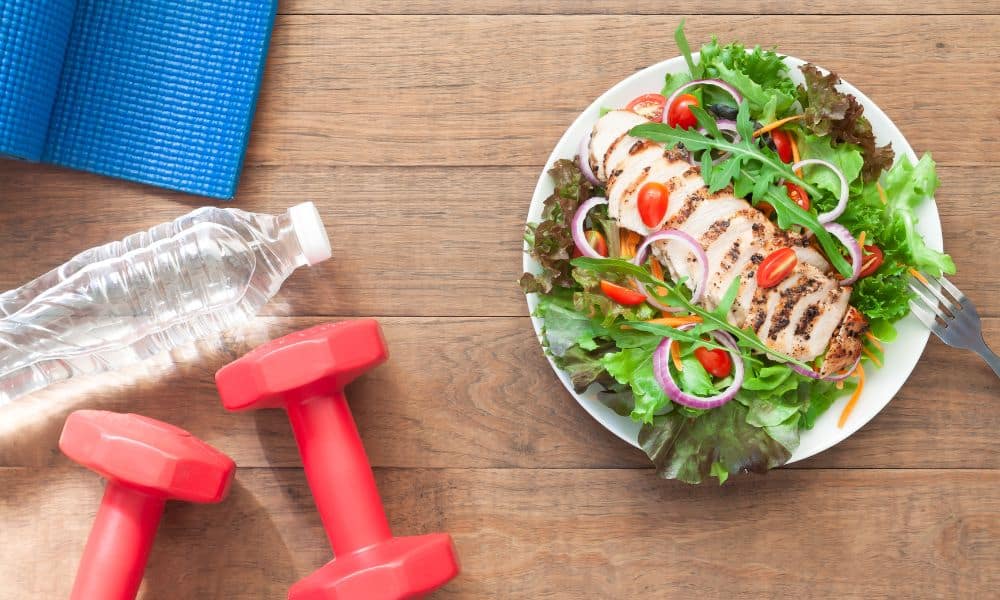While fat loss is essential, getting the correct number of nutrients and calories in meals is critical for a healthy immune system and gut biome. In addition, fat loss should never occur at your health or fitness expense. So how can you use the timing of your meals for fat loss?
During week three, I continued to track my nutrients and sleep habits. The communication between me and my body vastly improved. I mean understanding how your body responds to your diet and activities when I say communication. By the end of week three, I was in complete charge of my body. I was enjoying what I ate, never hungry, and burning fat. I used two apps to track my nutrients, daily activities, and sleep. The apps I used were MyFitnessPal and UnderArmour. After 2020, UnderArmour merged with MyFitnessPal to become MapMyFitness. I used the information I collected from MyFitnessPal and UnderArmour to learn more about my body and behaviors.
Timing Meals –
Timing meals allows you to control the calories you eat on a fat loss journey. During week three, I used time as an additional factor in managing nutrients. I ate my first meal at 7 am and my last meal by 5 pm. Also, I ate three meals a day and did not eat any snacks between meals. Instead, I drank plenty of water throughout the day and before every meal. I continued to use the taste of the rainbow strategy with my fruits and vegetables because of my results and the adventure of finding different colored foods to eat.
I enjoyed mixing the spices and herbs, which improved my taste buds and satiety. Also, I first discovered two pleasant surprises: I could bread fish, chicken, and other meats with spices and fry them in olive oil without giving up the great taste of fried foods. Second, I discovered that sauteing bell peppers, ginger, garlic, and spinach in a pan with olive oil provided me with many nutrients and tasted delicious.
Olive oil is an excellent source of fat that prevents cholesterol, provides additional calories, and improves the taste of many meals. The taste of food is essential to me. As a result, I can’t stay on a diet if the food doesn’t taste good. Also, I am fortunate because my mom taught me how to cook when I was eight years old. As a result, I am comfortable in the kitchen. Usually, I create my dishes and try new things with old recipes.
NEAT Activities –
You can use walking and standing activities to increase the number of calories you burn for fat loss. Experts call these activities, Non-exercise activity thermogenesis (NEAT). I completed 32,003 steps for the week and 4,572 steps a day. In week three, I achieved my weight loss through my diet, standing, and walking occasionally. Standing is a vertical plank, which works the legs and butt, the body’s largest muscle groups. Standing is an activity that does not get the credit it deserves. It burns twice as much energy as sitting, and it does not require me to go anywhere or do anything. I stood while I worked, watched tv, cooked, and graded papers.
Fat Loss Calories –
Do you know the number of calories you must burn for fat loss? After week three, my waistline was 36 inches, and my weight was 184 pounds. I lost two pounds of weight. My results for the third week were positive. By the numbers, I consumed 11,223 calories for the week, which averaged 1603 calories a day. My meals were 29% protein, 24% fat, and 47% carbohydrates. My fiber-to-carbohydrate ratio was 25%, and my sugar-to-fiber ratio was 153%.
The Last Word on the Math Required to Cause Fat Loss
Everyone has a magic number of calories they must reach for fat loss. My magic number of calories for fat loss is 1500, which is a few calories less than my metabolic resting rate. I know, without a doubt, that if I eat 1500 calories or fewer, no matter what else I do, I am going to lose weight. So I lowered my calorie intake by eating foods dense in nutrients, avoiding empty calorie foods and processed foods, and drinking plenty of water.
The great thing about this week was my energy level was high. I was never hungry or craved foods that sabotaged my fat loss plan. Also, I continued to explore the idea that calories are the body’s currency. In conclusion, I consumed foods like spinach and salmon that were nutrient-dense, cost me fewer calories, and provided many nutrients. Later, I learned to meet my nutrients for less than 1500 calories.




